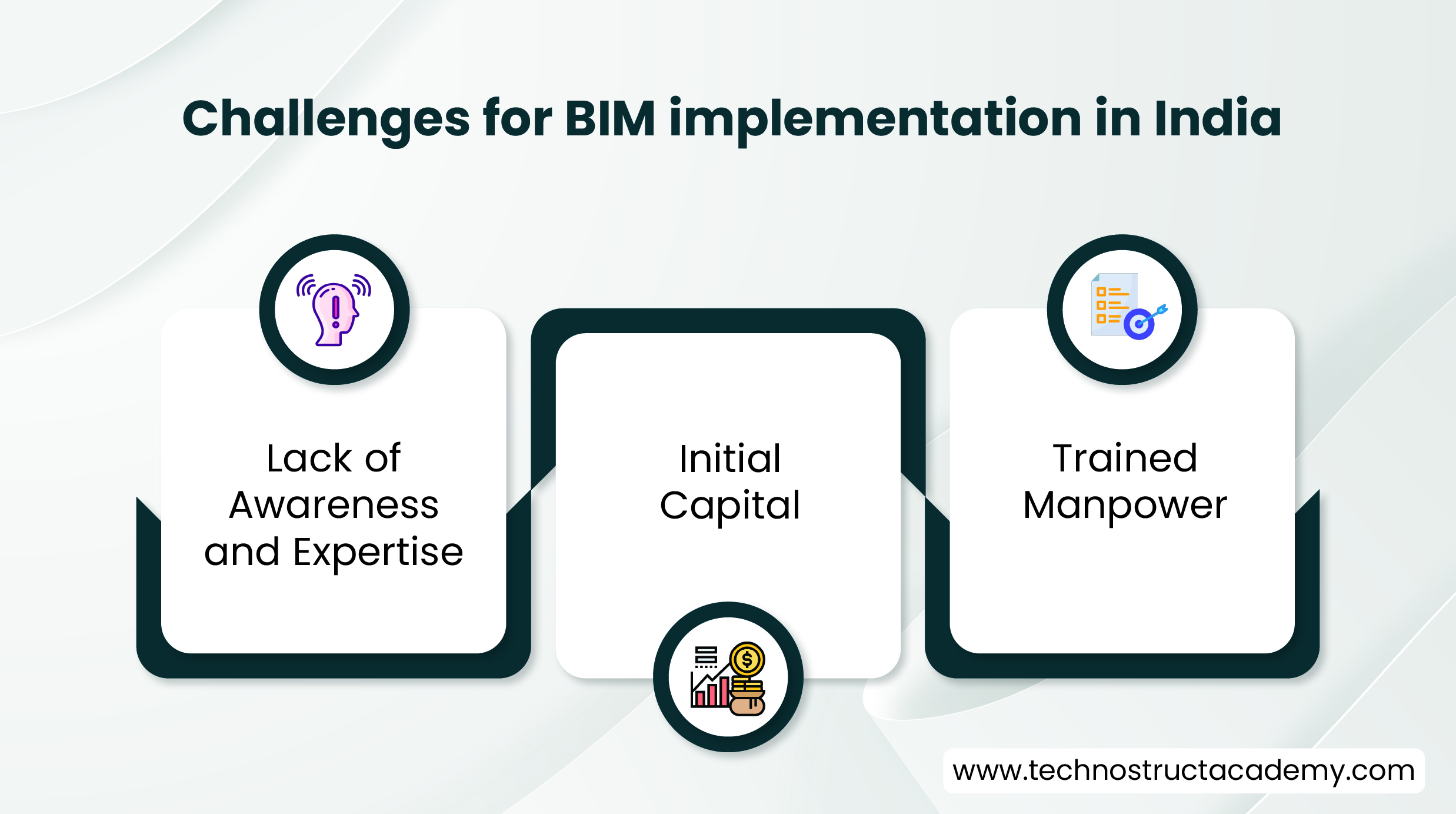BIM Adoption and Implementation: Challenges and Solutions
Jul 07, 2023
Category: BIM / Digitization / Automation
SEO TSA

Every industry is experiencing a paradigm shift with the introduction of innovative technologies and the construction industry is no exception. As history proves, AEC professionals are not readily accepting of change and are used to their way of doing things, which in this modern day and age are prone to inefficiency and errors. The first step in adopting a new practice involves a mindset change, followed by upskilling. We need to be open to new methodologies that often come with a learning curve. Evolving and adapting to technological innovation offers personal benefits as well as far-reaching improvements to our industry.
Building Information Modelling is shaking up the built environment sector and transforming the way we design, build and operate our buildings. BIM is definitely here to stay with its multitude of advantages, like resource optimisation, real-time collaboration and greater productivity, but it also has its fair share of implementation challenges. It has been around for over two decades, but India is only now catching up.
So, what are the hurdles that are hindering BIM implementation in India, and how can we overcome this?
Lack of Awareness and Expertise – Many are unaware of modern construction practices, especially the on-ground workforce such as contractors, etc. The majority of Indian companies lack the qualified or knowledgeable workforce required to handle BIM. The most advantageous BIM trait is its real-time collaboration between all the stakeholders, which means everyone needs to have the knowhow of BIM. The only solution is to integrate BIM into our university curriculums and for the companies to provide regular training to their employees, as they will ultimately benefit in the long-run.
Initial Capital – Making the switch to BIM requires a substantial investment in software, tools, training, processes and time. Here, the companies need to broaden their outlook as the return of investment from BIM is quite high.
Lack of Government vision – The countries that have largely implemented BIM throughout the lifecycle of projects have a clear vision, strategy and mandates in place. BIM implementation in India is primarily driven by the project size and the involvement of international players. If the Government of India administers standardised BIM mandates at different levels, then the country can move towards positive implementation.
Lack of Efficient Standards and Workflows – There is a plethora of BIM softwares out there, each with its own benefits and workflows. It is up to an individual to test and experiment to find one that works best for them. And these might differ from project to project. A clear and concise understanding of the core materials and principles can overcome these obstacles achieved through courses and specialisations. We should also encourage knowledge sharing between professionals at different levels for the collective growth of our industry.
BIM demands a cultural shift of unlearning traditional methods and relearning modern methods of approaching the design, construction and maintenance of a building. When we look past its barriers, BIM has a far-reaching potential and offers a vast variety of benefits. Hence, upskilling is no longer a choice but a necessity.
At Technostruct Academy, we have curated comprehensive BIM courses that train and equip you to get started in the real world through practical project based learning. There are four different courses that you can choose from depending on your proficiency level and needs. So, what are you waiting for? Master BIM and Accelerate your career!








